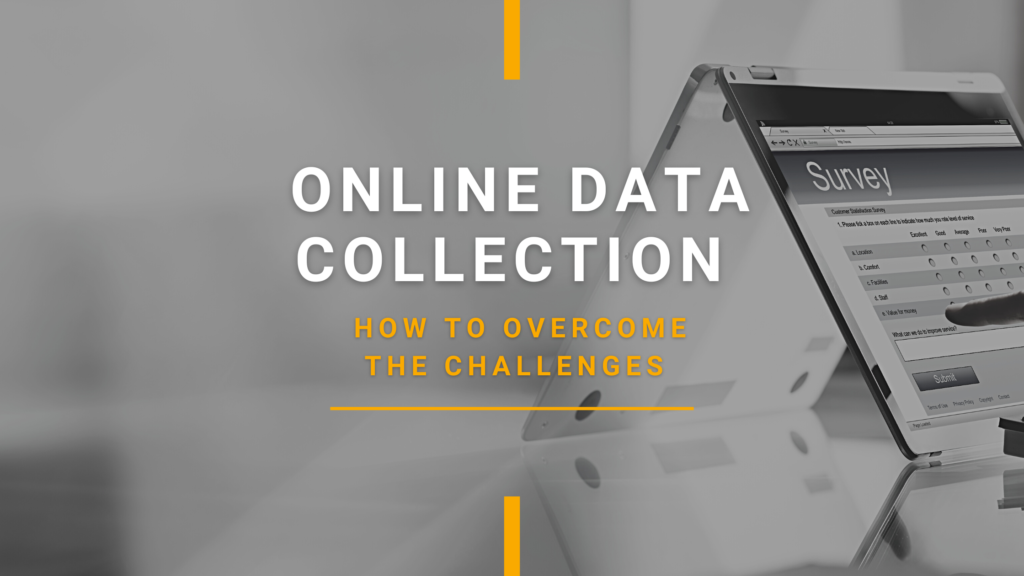One of our oldest blog posts, an introduction to online data collection, has consistently been one of our most-read posts, and when we took a look back recently, we thought we owed our readers a follow-up. Because while online data collection is a very powerful tool in the market research toolbox, it also presents its own unique set of challenges. The first step in overcoming any problem is to realize you have one, so let’s dive into the world of online survey research & data collection and reveal some of its greatest challenges, as well as how research buyers and agencies alike can overcome them.
Slow Turnaround Times
In today’s fast-paced world, where consumers are more connected than ever before, it’s critical that market researchers have the ability to collect data in real time. Oftentimes, the hardest part can just be getting your study off the ground. This is where it pays to partner with an agency that can provide you with a quote in minutes instead of hours, or even days. iMAD has built a team of experienced project managers and empowered them with the resources that they need to provide quotes as quickly as 15 minutes from the initial request, which is significantly faster than the industry average response time.
Lack of Communication
This is arguably one of the biggest hurdles in successful online data collection, since strong communication is at the core of any successful research project. Oftentimes breakdowns occur between the client and the provider and the ultimate goals or scope of the project can be misunderstood. Or issues during fielding aren’t communicated to the client in a timely fashion, or even worse… aren’t communicated to the client at all.
Integrity and proactive communication, as well as an experienced project management team with 24/7 availability can alleviate any concerns clients have from the beginning of a project all the way through to final delivery. Look for providers that take the time to understand your expectations, thoroughly explain their own, check in daily with updates, and have the knowledge and skill to identify roadblocks along the way and make recommendations on how to adjust on the fly to ensure your goals are still met within your timeline.
Low Quality Sample
In this study conducted in 2021, we learned that the current, average rate of duplicates and fraudsters in survey panels was about 18%. When the data was completely cleaned, included the removal of non-completes, between 30% and 40% of total responses (including the dupes and frauds) were removed. This percentage is more than large enough to have caused incorrect and/or misleading conclusions to be drawn from the response data, thus affecting the outcome of business decisions made based on the research. Providers should be taking steps to identify and prevent fraud.
Through our partnership with Research Defender, we are able to utilize their suite of tools to stop fraud before it starts and keep our panel and responses clean. Respondents are scanned with digital fingerprinting techniques to remove bots, frauds and duplicates. Email addresses are evaluated for legitimacy and fake email addresses are identified and removed. Customizable filters are available to identify potential “professional” survey takers by tracking their rate of activity online and the number of surveys they’ve participated in. These metrics are combined and used to provide researchers with threat-level scores that they can use to remove potentially fraudulent respondents from a survey before they reach it, thus maintaining the integrity of the data.
High Cost Per Incidence (CPI)
Cost Per Incidence, or CPI, is the total cost per complete survey response. There are several factors that determine the final CPI, including incentive costs, overhead, third-party involvement and more. At iMAD, we have our full Project Management, IT and Panel teams all under one roof. This allows us to streamline our 24/7 operations and keep our fixed costs low. As a company, we have no competing business priorities – meaning we don’t have “New Product Teams” or “Research and Analysis Teams” competing for resources. We dedicate 100% of our resources towards providing best in class online data collection. Combining these business attributes means we can provide a much higher incentive payout as a percent of CPI, resulting in stronger cooperation rates and in turn, better productivity at a lower CPI to our clients.
If you would like to learn more about how you, your research team, or your agency can overcome the challenges of online data collection, contact us directly at info@imadresearch.com. Our team has representatives around the globe who are ready to help you answer any questions or take the next steps in streamline your online research.






